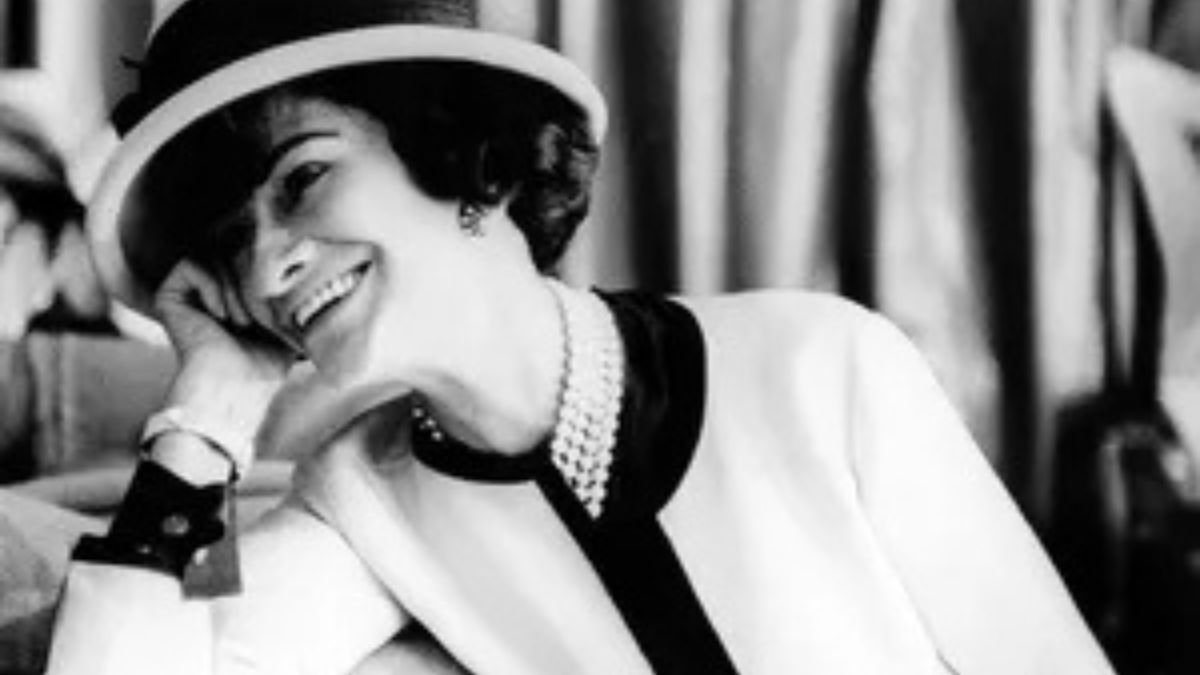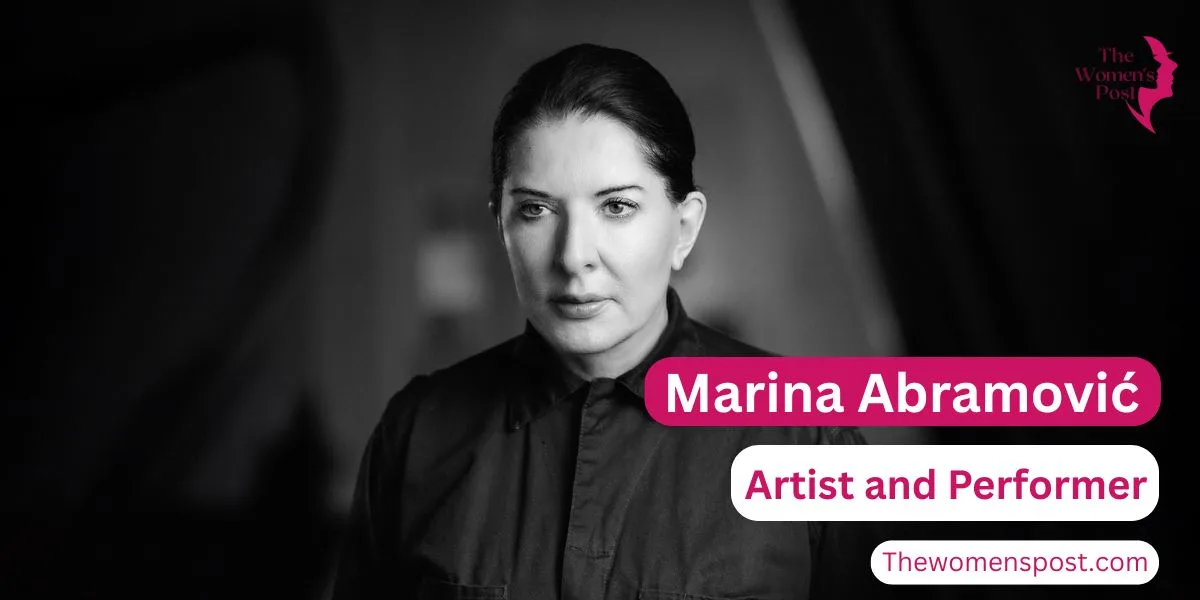Gabrielle Bonheur “Coco” Chanel, born on August 19, 1883 in Saumur, France, is still considered one of the most important fashion designers in history. Chanel, renowned for her timeless designs, inventive vision, and rebellious attitude, changed women’s fashion in the twentieth century. Her journey, characterised by persistence and reinvention, is as amazing as the legendary firm she founded.
Early Life: From Orphan to Icon
Chanel’s early upbringing was different from the glamorous image she subsequently portrayed. She was born to Eugénie Jeanne Devolle, a laundress, and Albert Chanel, a travelling salesman. After her mother died unexpectedly in 1895, Gabrielle and her siblings were moved to an orphanage managed by nuns at Aubazine Abbey. The stark surroundings had a significant impact on Chanel’s minimalist approach, as seen by her later creations.
The nuns taught her how to sew, which would serve as the foundation for her future job. Chanel’s goals, however, went well beyond the orphanage’s gates. After leaving Aubazine at the age of 18, she worked as a seamstress and sang as a cabaret singer in Moulins and Vichy. During this period, she earned the nickname “Coco,” possibly derived from the popular songs she performed or a diminutive for “cocotte,” a French term for a kept woman.
The Birth of a Brand
Chanel’s introduction into the fashion industry began with her interactions with affluent men. Étienne Balsan, a textile heir, and subsequently his friend Arthur “Boy” Capel were pivotal figures in her early career. Capel, who funded Chanel’s first store, was very helpful in instilling her business drive.
Chanel’s first hat store, “Chanel Modes,” debuted in Paris in 1910. Her modest, attractive hats immediately became popular with Parisian ladies, particularly actors. Chanel extended her company after her success, building new stores in Deauville and Biarritz.
World War I caused a seismic shift in women’s roles, and Chanel grasped the opportunity. She developed practical and comfortable attire that represented the changing times. Her jersey dresses and casual designs, influenced by menswear, were groundbreaking. Chanel’s designs freed women from the limitations of corsets, paving the way for contemporary fashion.
Revolutionising Women’s Fashion
Chanel’s expertise was in her ability to foresee and meet the wants of the modern lady. She felt that style should be both useful and refined. By the 1920s, her designs exemplified elegance, with clean lines, neutral colours, and luxury materials.
One of Chanel’s most lasting contributions to fashion was the little black dress (LBD). Introduced in 1926, Vogue defined it as “a sort of uniform for all women of taste.” The LBD became a symbol of subtle elegance, appropriate for every occasion.
Chanel also revolutionised women’s sportswear by introducing jersey fabric, which was previously solely used for men’s knickers. Her designs, which included wide-legged pants and sailor shirts, reflected the busy lifestyles of modern women.
The House of Chanel: Iconic Symbols
Chanel’s influence extended beyond apparel to accessories and fragrances. In 1921, she introduced Chanel No. 5, a scent that has become legendary to this day. Ernest Beaux, the perfumer, devised a unique combination of floral and synthetic overtones that was innovative. Chanel No. 5 was also the first fragrance with a designer’s name, solidifying the relationship between fashion and scent.
The interlocking “CC” emblem, which debuted in the 1920s, has become synonymous with elegance and sophistication. Chanel’s quilted purses, pearls, and two-tone shoes were all trademarks of her company, with each piece painstakingly designed to strike a balance between elegance and functionality.
Challenges and Comebacks
Chanel’s career was not without controversy. During World War II, she shuttered her couture shop and began a relationship with a German officer, Hans Günther von Dincklage, which led to charges of Nazi cooperation. This part of her life ruined her image and drove her to seek self-imposed exile in Switzerland following the war.
Chanel, on the other hand, refused to slip into oblivion. She made a stunning comeback in 1954, at the age of 70, by restarting her fashion company. While reviewers first rejected her designs as obsolete, her tweed suits, boxy coats, and gold-chain accessories quickly captivated a new generation of women. Chanel’s designs, which combined traditional elegance and contemporary flare, re-established her as a fashion industry powerhouse.
Legacy of an Icon
Coco Chanel died on January 10, 1971, at the Ritz Hotel in Paris, where she had resided for more than 30 years. Her legacy, however, is still thriving. Under the creative supervision of designers such as Karl Lagerfeld and Virginie Viard, the House of Chanel has kept and refined her vision, cementing its position as a luxury fashion leader.
Chanel’s impact goes beyond apparel and accessories. She reinvented femininity by emphasising independence, confidence, and uniqueness. Her renowned words, such as “A girl should be two things: classy and fabulous” and “Fashion fades, only style remains the same,” exemplify her attitude and ongoing popularity.
Coco Chanel’s life exemplifies the power of reinvention and tenacity. From her modest origins as an orphan to becoming a worldwide fashion star, she defied traditions and established a brand synonymous with elegance and creativity. Chanel did more than simply design garments; she also inspired generations of women to embrace their own confidence and style. Decades after her death, her legacy remains a cornerstone of current fashion, demonstrating that her revolutionary spirit endures.
Also read: Leading with Flavour: Top 5 Female Figures in the Global Culinary Business





